The Asia-Pacific pet care market is projected to reach 29 bn dollars in value by the end of 2024, with an average predicted Compound Annual Growth Rate (CAGR) of 4 per cent per year until 2029. This is due to a sharp rise in pet ownership and a higher GDP across the continent. One of the main drivers of the pet industry boom in Asia is a fundamental shift in cultural attitudes towards animals. Rashi Narang, Founder & Creative Director at India-based pet store startup Heads Up For Tails, said: “I’ve been witnessing the transition from pet ownership to pet parenting over the past 17 years. Consumers are looking for products that enhance the overall well-being of their pets, from food to grooming, toys and accessories.” It appears young people are pouring their parental instincts into their pets instead. In South Korea, e-commerce platform operator, Gmarket, confirmed that sales for pet strollers overtook baby strollers for the first time in late 2023. The shift towards pet humanisation has led to growth in the pet health sector too. Preventative health is of particular interest with sales of pet dietary supplements projected to grow at a CAGR of 6.8 per cent from 2022 to 2028 across the continent.
The pet service segment of the Asian pet market raked in an estimated 41.4 bn dollars in 2020, which was predominantly led by mobile grooming services—that’s more revenue than pet food. Therefore, there is an opportunity for pet startups to cater to an older demographic with more accessible technological solutions.
China shows rapid expansion in protein-rich, nutritious wet and dry food. South Korean pet parents are similarly investing in natural, premium food. The fastest growing vertical, in pet food in Japan, is veterinary food. While in India, the dry food market is dominant, and many Indian households still home-cook their pet’s meals. Therefore, the prevalence of commercial protein-dense wet food diets in China, Japan and South Korea could be more of a technological shift than a cultural one. As the pet industry matures across the region, we will see how wet and natural food diets evolve in the public consciousness.
A look at the countries
China is the biggest player in the Asian pet care market. Though Gen Z and millennials are leading the boom in pet ownership across the country with 46.6 per cent of pet owners born between 1990 and 1999. Cats overtook dogs as the most popular pet, with over 69 mio cats and only 51 mio dogs. The pet care market grew from 3 bn dollars in 2013 to 51 bn in 2021. In the same period, the number of dogs and cats grew from 40 to 110 mio. The giants in Chinese pet tech are focused on bringing greater convenience and insights for pet owners.
Out of all Asian countries, India has the second fastest growing market in the pet food industry – behind the Philippines – which is driven by more millennials adopting pets and primarily feeding them commercial pet foods, as opposed to providing their pets with a home-cooked meal. Indian households show a greater diversity of pets, too. Though dogs reign supreme, the pet rabbit population is projected to increase by 26 per cent by 2032. In the pet tech space, promising startups, like e-commerce platforms Supertails and Heads Up For Tails, secured 15 mio dollars and 37 mio respectively in their latest funding rounds.
Contrary to the trend across the region, the dog population in Japan declined overall between 2018 and 2024. Rising pet food prices are pegged as one of the reasons behind the decline. Furthermore, dogs are the most popular pet in Japan but smaller homes and limited outdoor space has led to fewer people adopting canines. Despite the decline in dogs, the combined number of cats and dogs in the country has surpassed the number of children under 14 years old. So the furbaby boom appears to ring true here. Premium and organic nutrition is on the rise as well as pet health and wellness centers. In the pet tech realm, AI and wearables are helping Japanese consumers gain further insights into their pet’s health. Homegrown cat-tech startup, Rabo, found success with their health-monitoring smart collar and litter box. The company secured over 10 mio dollars in Series B funding in 2022.
South Korea has one of the smaller markets in the pet industry within Asia, it’s also one of the most dynamic and promising. The number of registered dogs and cats increased by 7.6 per cent in 2023 and has shown steady year-on-year growth. The leading startups in the pet tech realm, like PetNow, AI For Pet and PetPuls, are also embracing AI to provide pet identification, homecare and emotional detection respectively.
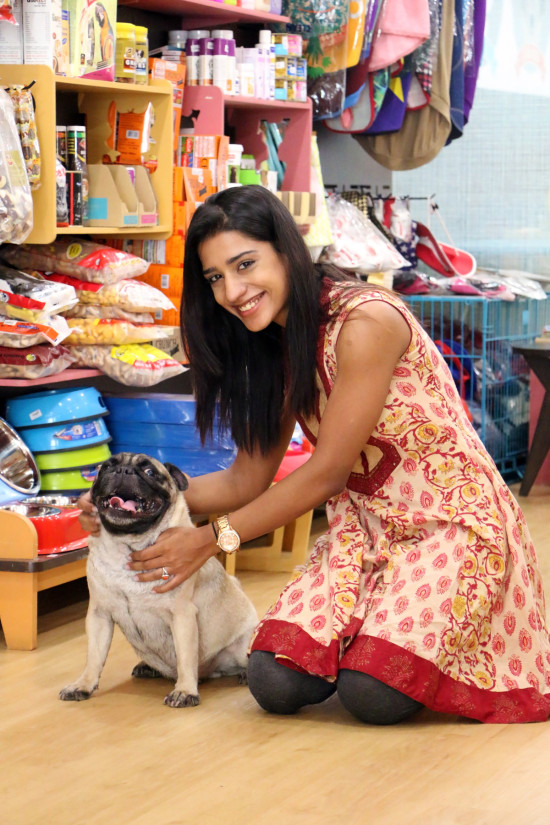
The up-and-comers
South East Asia is home to some of the hottest names in Asian pet tech. For example Petotum, the first aggregated pet care services app in Malaysia, and Singapore-based pet retailer, Perromart. So, although China and Japan’s pet markets are the most developed at the moment, there are opportunities across East and South East Asia. Despite Asia being the land of opportunity in many ways, it’s not without its challenges. The startup founders I spoke to cited fragmented markets as a common hurdle when trying to scale.
Zum Vet CEO and co-founder Athena Lee said: “It was a challenge having to adapt to each country’s distinct languages, cultures and consumer behaviours, requiring localized strategies.” Lower spend per capita also means slower growth for pet tech in India and South East Asia. Sameer Mehta, Managing Director and Head of South East Asia at VC fund, DSGCP, told me: “While there is a significant runway for growth, and investors are starting to realize the untapped potential here, spending per pet is still relatively low compared to Western markets.” With all this in mind, it makes sense that homegrown pet startups still have ambitions of conquering that all-important US market, particularly in the tech realm where new innovations can easily translate to foreign markets.
It comes down to this; as the GDP rises across the region and pet parenthood cements itself in the culture, the Asian pet tech market could rival that of Europe in terms of growth opportunity by 2027. It’s time for the industry at large to perk up its ears.


 Menü
Menü

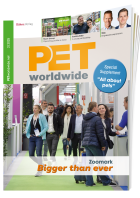







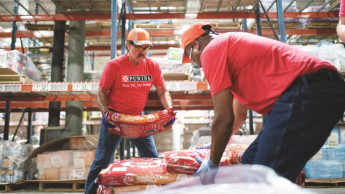
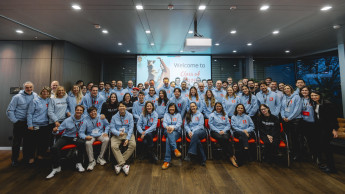

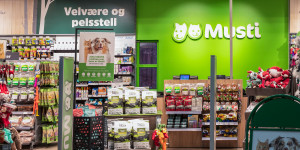





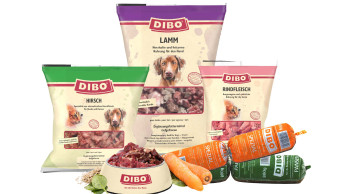

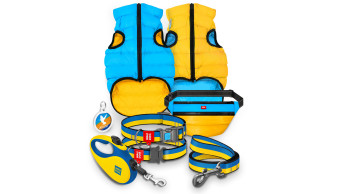
 Newsletter
Newsletter